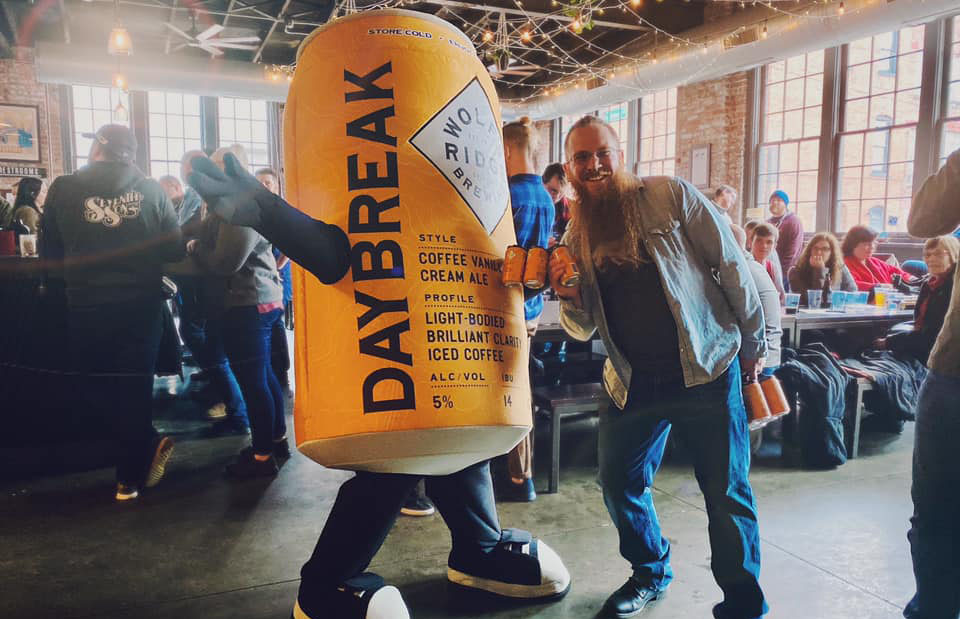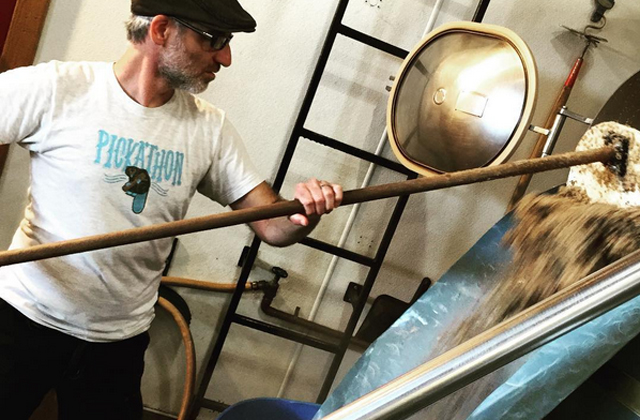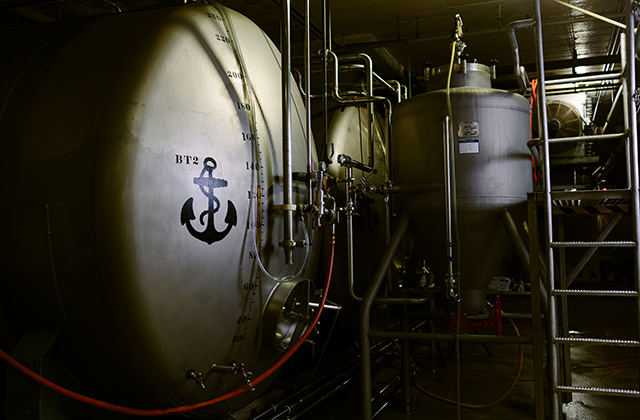
Although inevitable, raising prices on your brewery’s products has to happen to keep a functioning margin. With the recent announcement that some grain prices have had to be bumped up a few cents per pound from certain suppliers, factoring that with the need for finding new ways to get cans and other raw materials, breweries have had to pass some of those costs on to the consumer.
“We’ve seen price increases on every facet of our business,” said Wolf’s Ridge Head Brewer Chris Davison. ”All raw materials have gone up in price this year, everything from malt to cans and even shipping has increased in both price and often lead times, which incurs increased cost in its own way.
”We’ve had to increase the price of our food and beer in our taproom and restaurant, and are in heated discussions about raising the price on our packaged beer as well. When these cost increases are too much to absorb for our suppliers, some of whom are much larger companies than we are, we’re left with little choice but to pass some of that onto our consumers.”
Davison said that the Ohio brewery has just begun to see the increases over last year on grain,
“They are high,” he said, indicating that prices have gone up four to six cents per pound from one supplier. “It’s across the board on both international and domestic grains.”
For now, he said, it has not directly changed anything although Wolf’s Ridge will always look to improve efficiency and cut costs where it makes sense.
“We won’t sacrifice quality or flavor,” Davison said. “We were already moving towards ordering our European base malt via direct container to cut costs, and the increases only add urgency to that plan.”
READ MORE: Strategies for Hop & Malt Contracts
The can shortage has significantly impacted Three Creeks operations and overall cost of goods is up about 25% from prior levels said founder and GM, Wade Underwood.
“We’ve sourced blank cans from China and Mexico to fill the void and then have to add labels instead of having printed cans,” he said. “The cans cost more, labels are an added expense, and the labor\equipment to apply the labels adds up.
”Packaging has far and away been the biggest challenge,” he noted while adding that grain price increases have not been a significant issue for the Oregon brewery this year because they negotiated a contract price on base malt a few years back.
Davison added that labor has gotten more expensive as well.
“We’re still not paying as well as we’d like but have always tried to stay on the higher end of industry averages,” he said. “We recently made some increases in order to stay competitive, especially on the food and bar side of our business.”






Be the first to comment